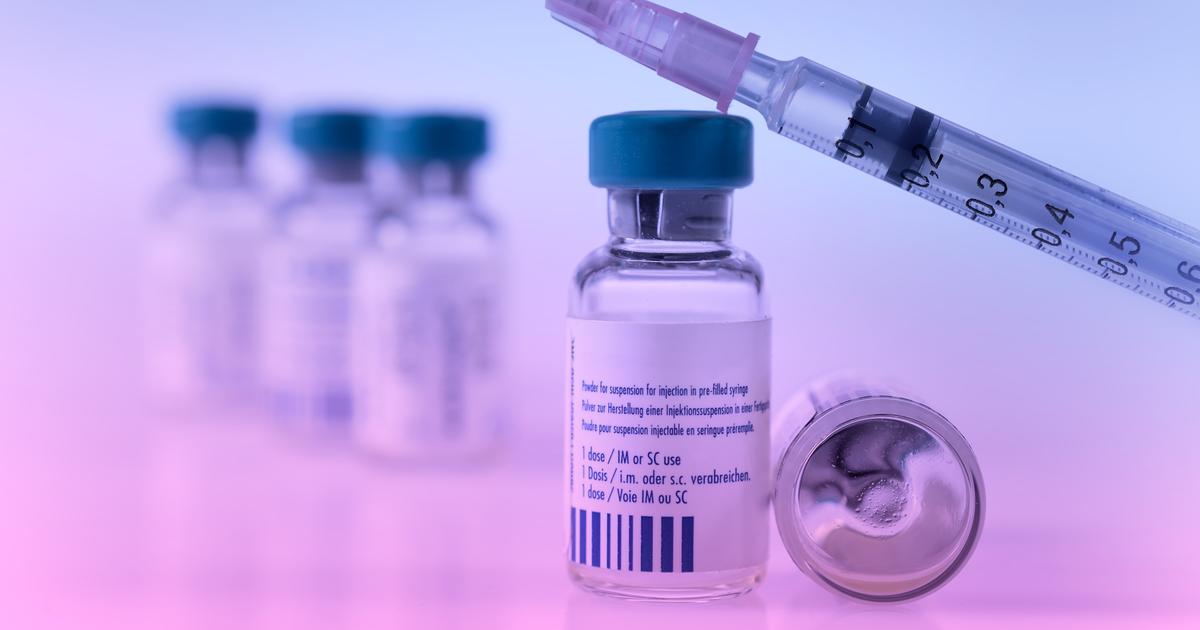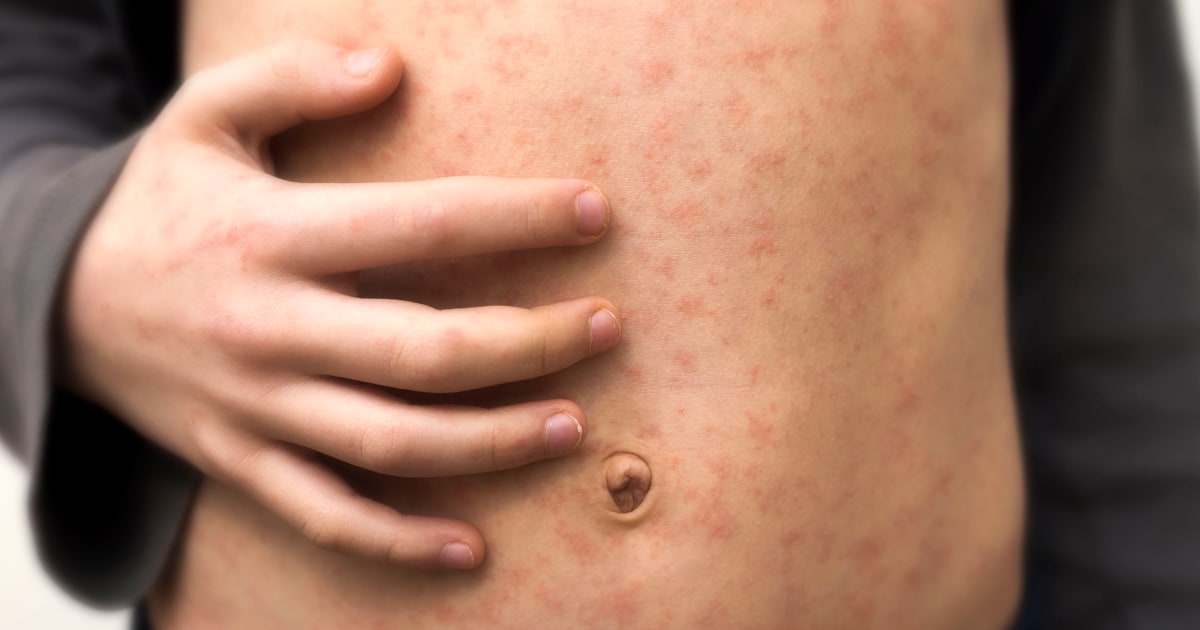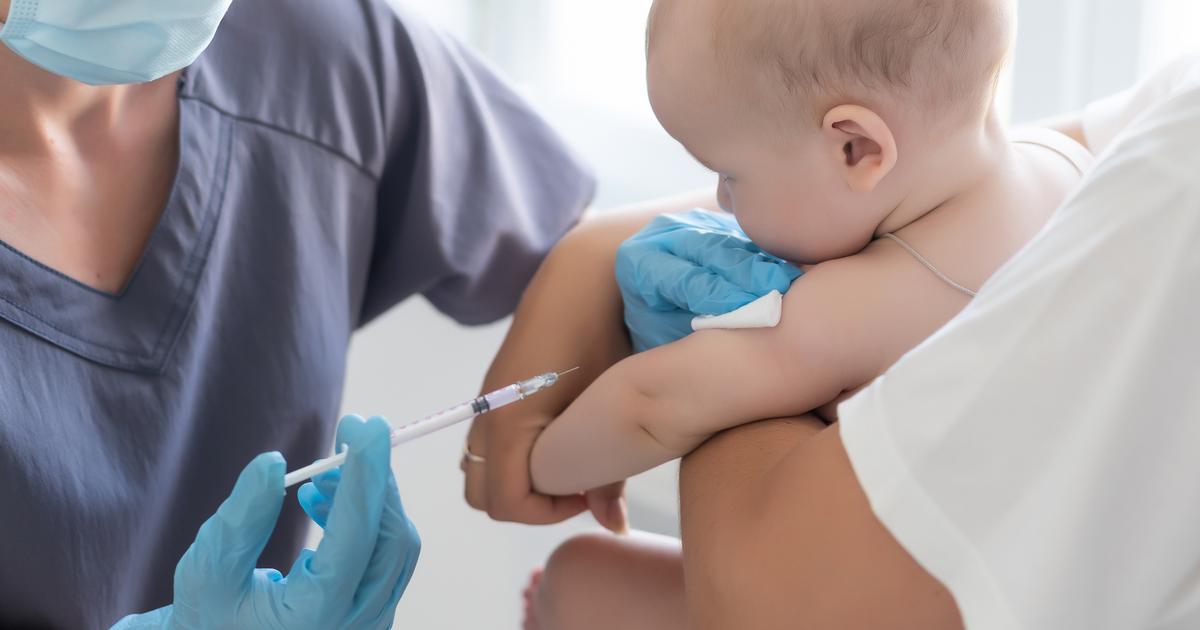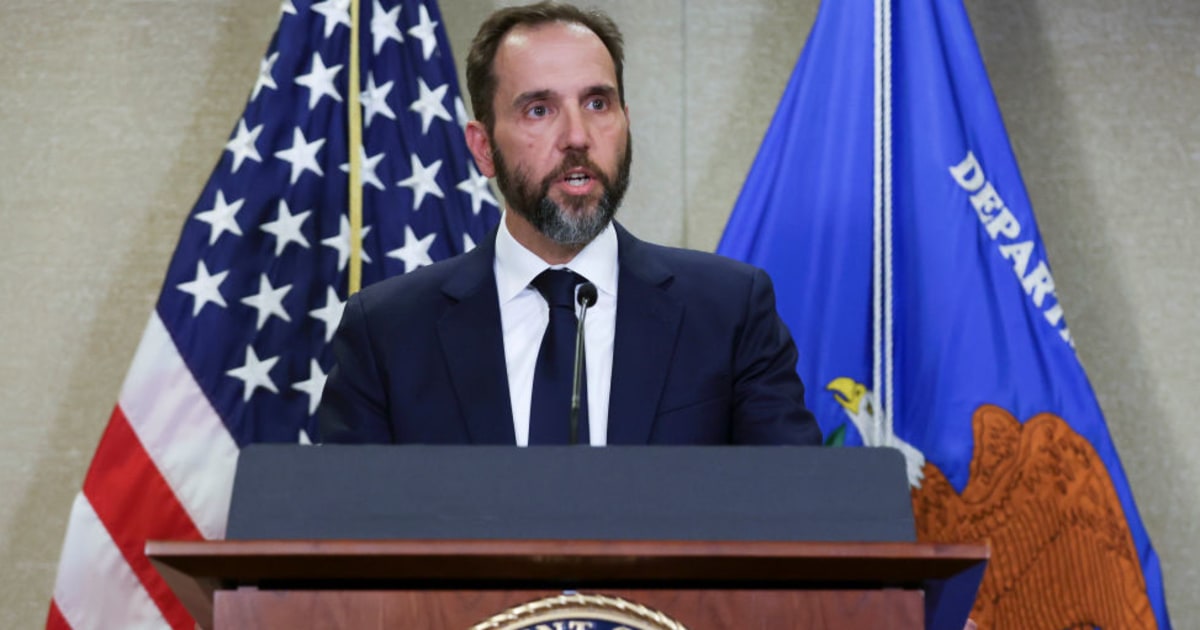The advance of vaccination has triggered optimism about the future of the pandemic in Spain.
With a large part of the vulnerable population already immunized and 14.9 million people (31.4% of citizens) receiving at least one dose, experts take it for granted that the main indicators of the evolution of the coronavirus - incidence, hospitalizations and deceased - will decline sharply in the coming months.
But group immunity, they warn, will not be achieved this year and, right now, it is difficult to predict whether the planet will reach it one day in the face of the threat of new variants and the lack of vaccines to immunize the entire population in the medium term. world population.
More information
Eight communities plan to start vaccinating people between 40 and 49 years old in June
Sánchez assures that Spain is "100 days away from achieving group immunity"
"The virus will not disappear so quickly, if it ever does," warns Antoni Trilla, head of the Preventive Medicine service at Hospital Clínic (Barcelona).
“We will walk towards normality, but there will continue to be infections.
Instead of group immunity, we speak in this case of functional control of the pandemic.
We are not going to be able to say goodbye to the mask so quickly ”, he predicts.
Since the beginning of the pandemic, it has been repeated that group immunity - also called herd immunity, a situation in which the percentage of immunized people prevents the virus from circulating and, therefore, also protects those who are not vaccinated - would be reached when 70 % of the population would have received their doses.
A moment for which there are only “100 days” left in Spain, as announced this week by the President of the Government, Pedro Sánchez.
The problem is that that 70% will no longer be enough because of the new variants.
Quique Bassat, epidemiologist and researcher at the ISGlobal institute (Barcelona), explains that "the percentage of people who need to be vaccinated depends on the basic reproductive number of each virus, the R", which indicates how many new cases each positive causes on average.
“A year ago, the R for SARS-CoV-2 was estimated to be 2 to 3, and that's where the target of 70% came from. But now there are more contagious variants and the R can be between 3 and 5. A more communicable disease forces you to vaccinate more people. Maybe 80% or 90% is needed now, ”explains Bassat. Measles, even more contagious —with an R greater than 12— requires vaccinating more than 95% of the population to achieve group immunity.
More population to be vaccinated requires more time and this will affect the rate at which the country will move towards a life without restrictions or masks. "It will be a slower and progressive process, not something that can be done overnight," admits Clara Prats, a researcher in Computational Biology at the Polytechnic University of Catalonia (UPC), who is developing a model to predict at what speed this it can be done according to different scenarios.
In Spain, a country known internationally for its adherence to vaccines, it is not considered unreasonable that very high rates of immunization can be achieved. But in the United States, paradoxically the great country where vaccinations began the fastest, concern is growing about the reluctance to immunize of some sectors of the population. This led several experts to show the
New York Times
their doubts that it is possible to achieve group immunity in that country.
In any case, experts agree that "the important thing now is to move forward and vaccinate as many people as possible."
Even without reaching group immunity, they explain, the impact of the disease can be reduced to a minimum and the return to normality can be almost complete.
“This is not all or nothing.
Neither with measles we have been able to prevent the continued cases and we live with it with hardly any problems ”, recalls Trilla.
Santiago Moreno, head of infectious diseases at the Ramón y Cajal Hospital, considers that "it is possible to corner the virus so that, if it is not possible to make it disappear, it will be reduced to a minimum expression, with few cases and almost all of them mild."
Bassat foresees two scenarios: “In the medium term, with between 50% and 80% of the population vaccinated, we will have a few hundred cases a day and a collapse of hospitalizations and deaths. In this phase, although in a more relaxed way, it will still be necessary to maintain some preventive measures ”. “In the longer term, there will be localized outbreaks with relatively little clinical significance. The most vulnerable groups will be protected and it will be possible to locate and isolate all those affected, trace contacts, vaccinate or revaccinate ... ”, he adds. At this point, normality will be very close.
Experts decline to give a specific date on when this moment will arrive, although they tend to place it towards the end of this year or the first half of 2022. There is a coincidence that the mask in open spaces without crowds, an increasingly questioned measure, will not take long to fall. “The key will be closed spaces with many people from different origins. There it will be necessary to continue wearing a mask and the vaccination certificate will be important ”, continues Bassat.
The de-escalation will live in the schools one of its peak moments, with the end of the bubble groups and the farewell to the masks.
Predictably, according to epidemiological evolution, this should occur at the end of this year or early 2022 at the very latest.
The first proposal sent by the Government to the communities foresees the maintenance of both measures at the beginning of the next academic year.
Bassat explains the reasons.
“In September, adolescents from 12 to 16 years old will not be vaccinated and the virus will circulate among them.
It will be practically the last group in which this poses a risk, since it does so with an R close to 1. So the next logical step is to immunize them.
The United States has already approved it and it is foreseeable that Europe will do so in June ”, he adds.
Less clear is the vaccination of primary school children (6 to 12 years old), a low-transmitting group —the R in them is around 0.3— and with minimal clinical involvement, so the risk-benefit balance is doubtful.
“But they should continue to wear a mask to minimize the circulation of the virus until the vaccination of adolescents.
But when this happens, then yes, the masks will disappear from the classrooms ”, Bassat concludes.
Experts, however, warn that these reasonable epidemiological criteria, if you look at a country like Spain, may change if the focus is broadened.
The key question in this case is whether it is appropriate to vaccinate younger and lower-risk people in rich countries, while in less developed countries not even the most vulnerable have received a single dose.
The director of the World Health Organization (WHO), Tedros Adhanom Ghebreyesus, called on rich countries last Friday to "reconsider" their vaccination strategies.
"In poor countries, there are no vaccines available not even to vaccinate health workers," said the president.
The WHO's request is that the vaccines that the developed world plans to administer to adolescents soon be donated to the countries most in need.
"At the global level, solidarity has failed," considers epidemiologist Pedro Alonso, who directs the WHO's anti-malaria program.
“We all talk about it, but we run to vaccinate our populations first.
And this is a complex issue, because the truth is that it is not easy to blame governments for it, "he adds.
"No one is sure if everyone is not."
It is the phrase that has made a fortune to warn that if the world does not approach global group immunity —although it does not achieve it completely—, not only does it face tough moral questions, but “the risk that they will arise increases. more contagious variants that can also affect Spain and other countries already vaccinated ”, warns Federico García, head of the microbiology service at Hospital San Cecilio (Granada).
The fear is not so much of a super variant immune to all existing vaccines, says Garcia.
“I don't think there will be time for something like this to come up.
And even if it did, we have learned a lot and have the technology to quickly adapt existing vaccines and finish developing new ones.
In the race between vaccines and variants, the vaccines will win, ”he adds.
The objective, experts agree, is to shorten that race to the maximum to reduce the enormous global cost of the pandemic. Humanity does not yet know if it will be able to end the virus or if it will have to learn to live with it. If the covid will become a seasonal disease or the cause of smaller and smaller outbreaks that will eventually cease to be news. Trilla concludes: “What we do know is that we have to get as close to global group immunity as possible. Doing it quickly is the only way to minimize the impact of the virus and the risk of new variants. This is the goal that the world has ahead of it in the coming months ”.












/cloudfront-eu-central-1.images.arcpublishing.com/prisa/S7ERVSCT4FUVX6R7TUVBDNTH5Y.jpg)


